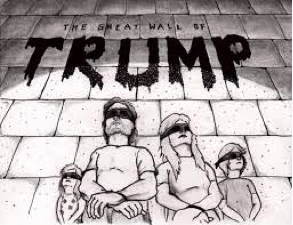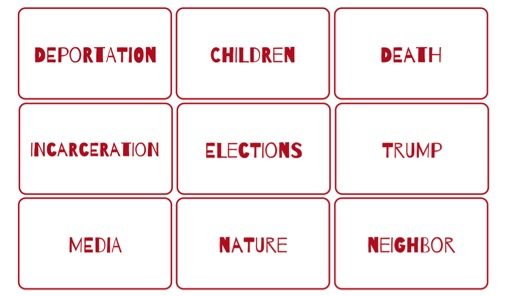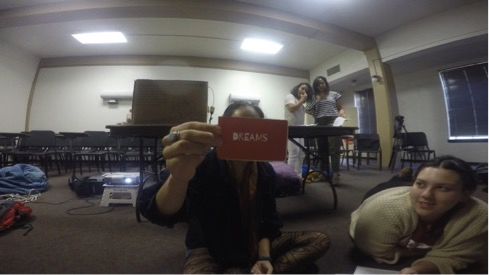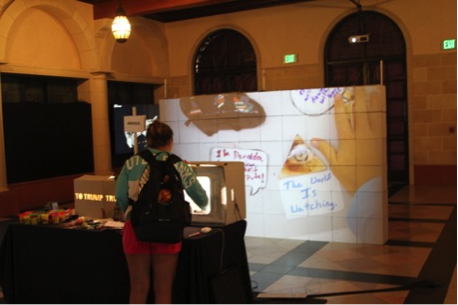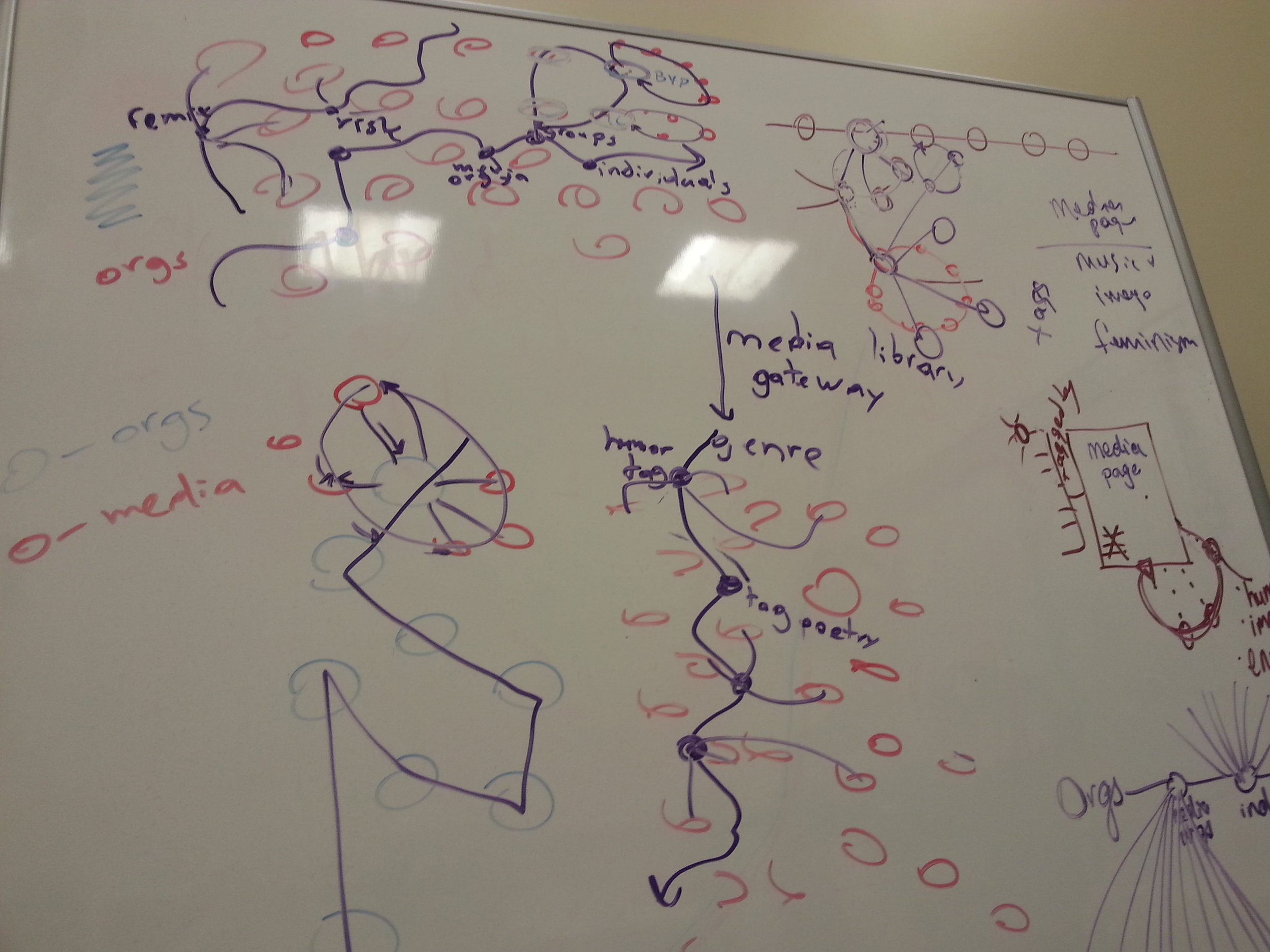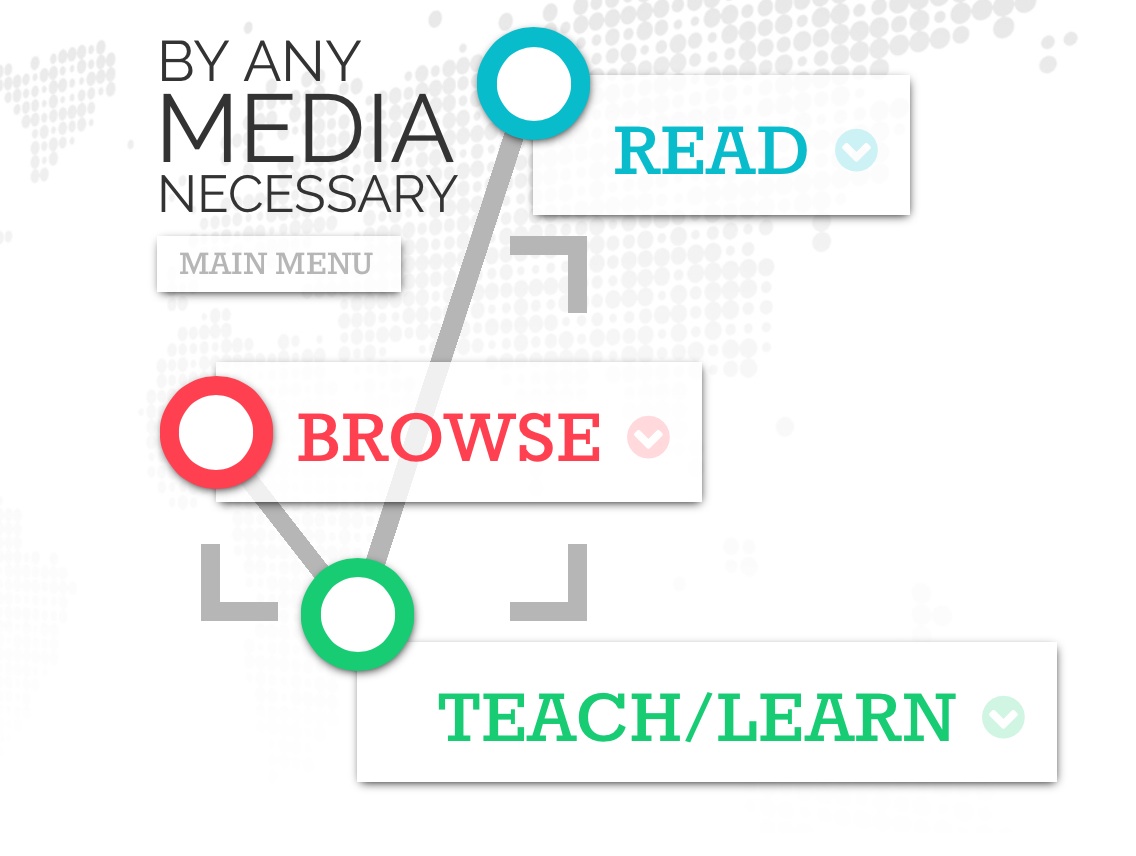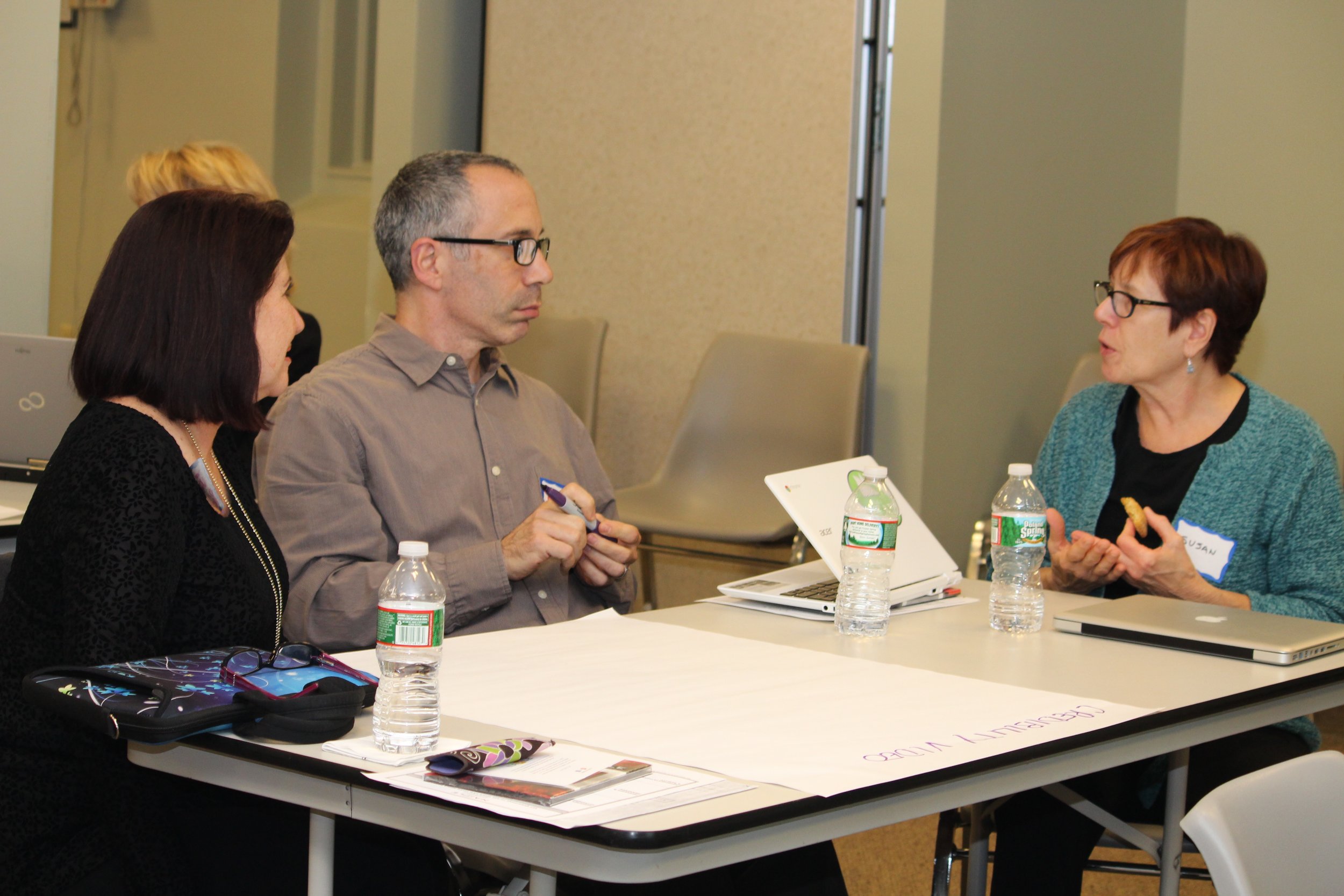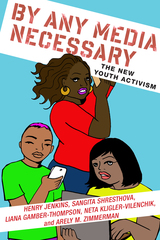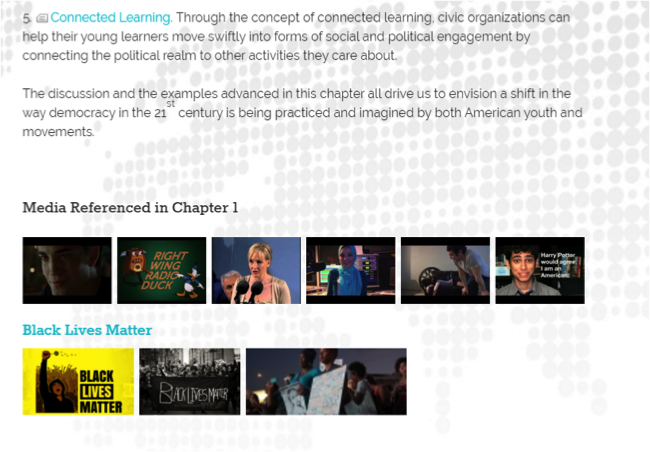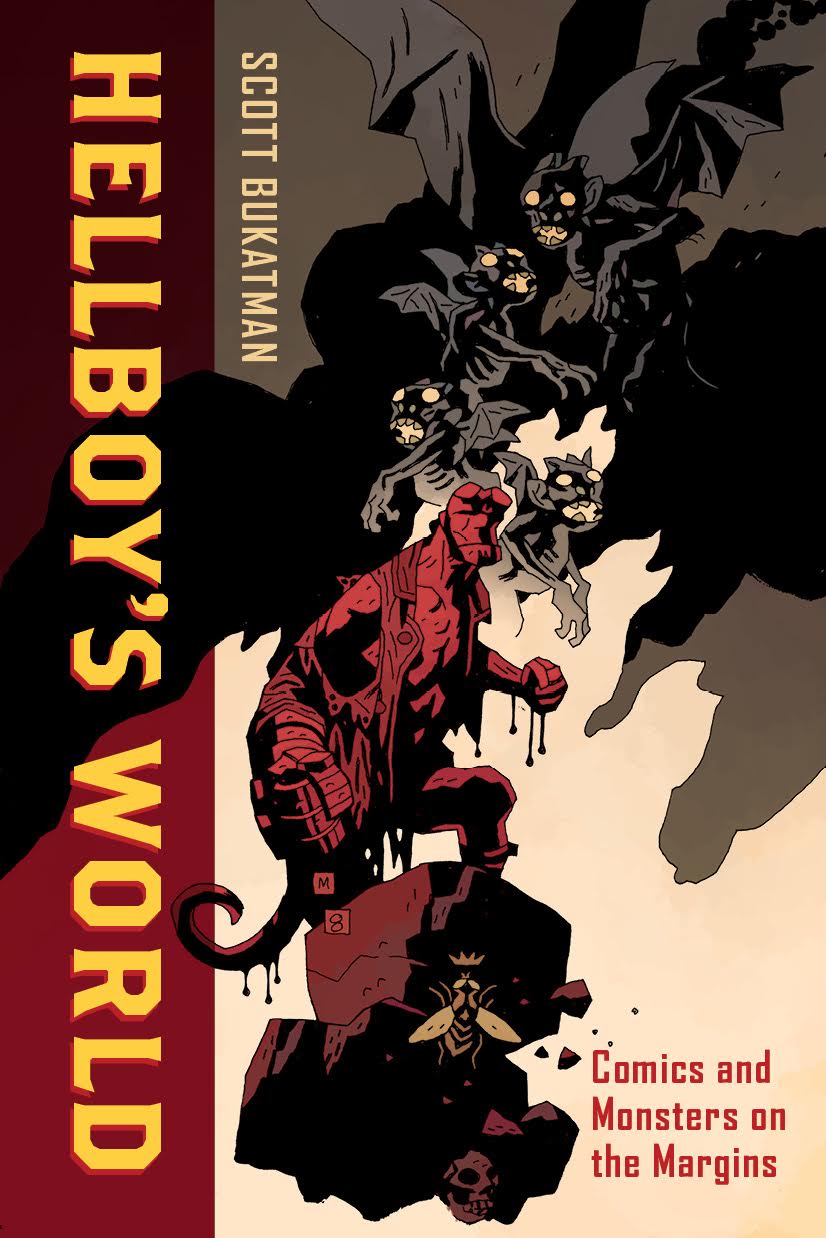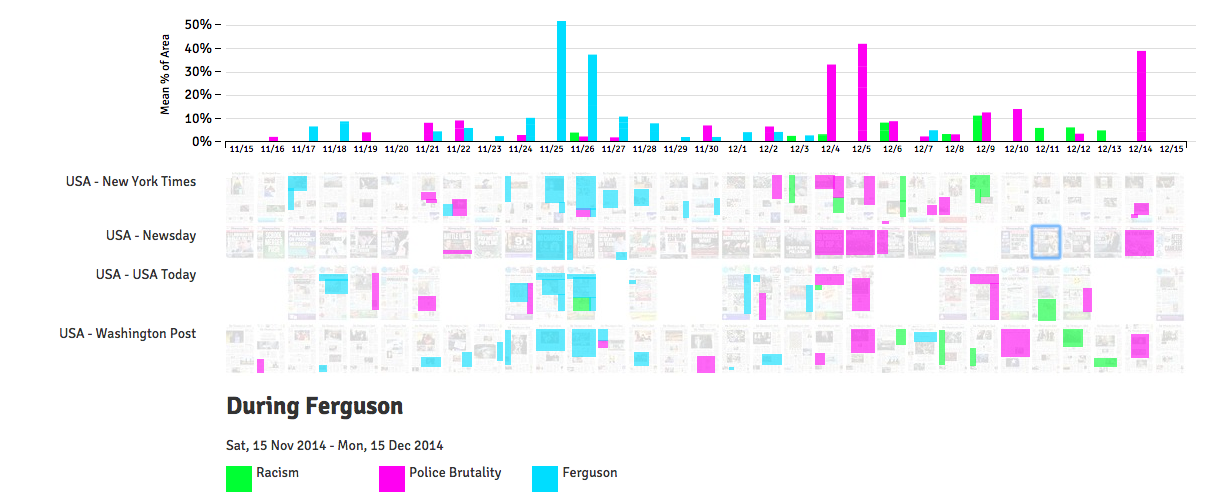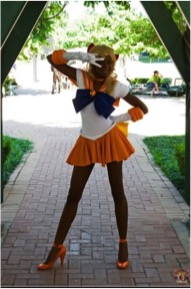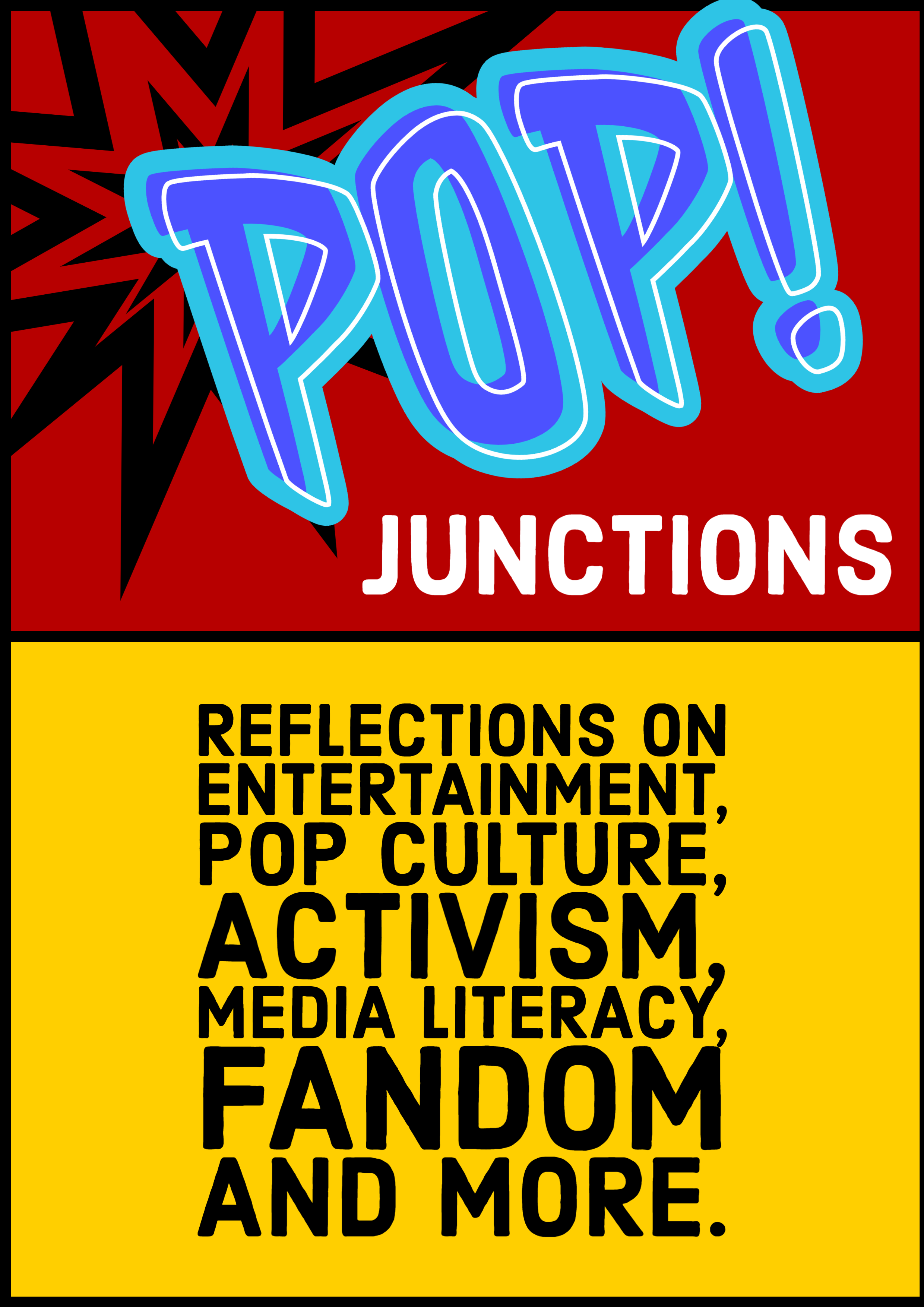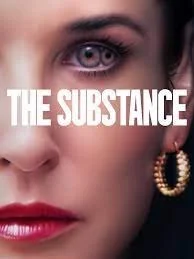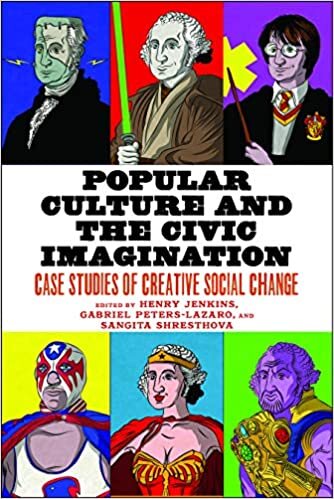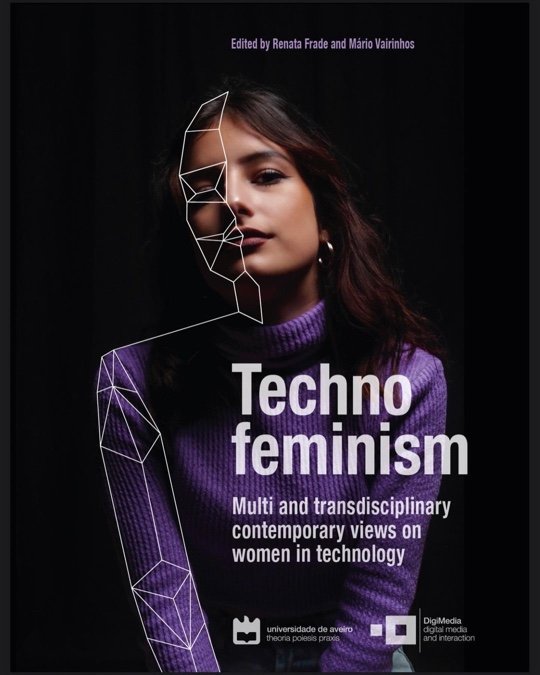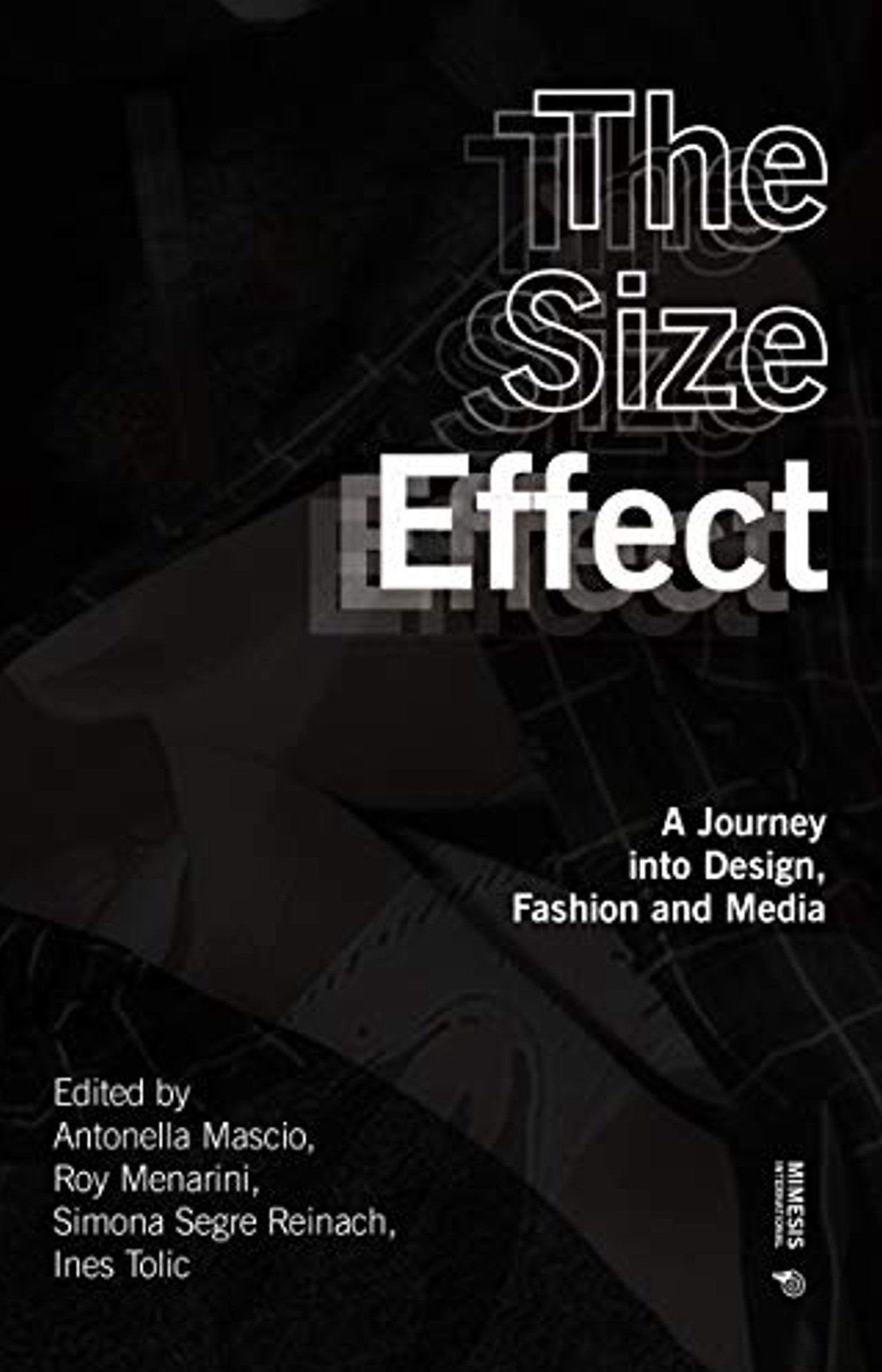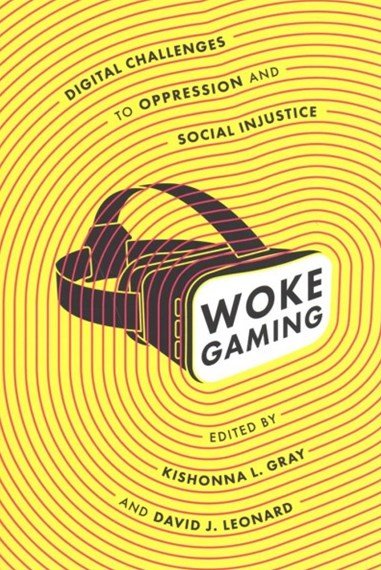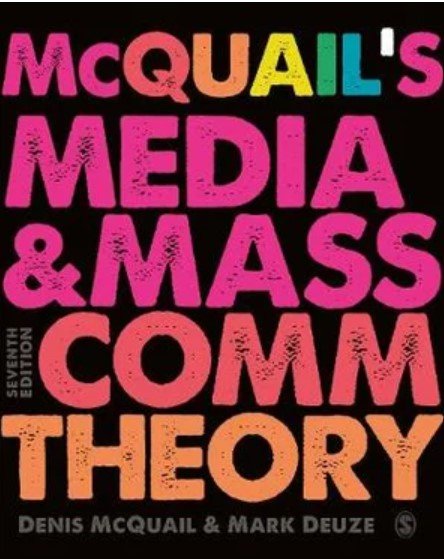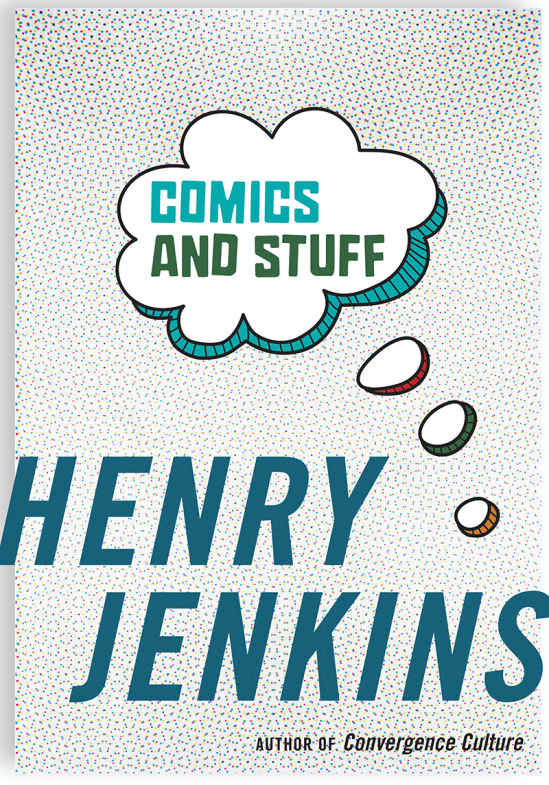Multichannel Networks and the New Media Ecology: An Interview with Stuart Cunningham and David Craig (Part Three)
/The Amazing Race this season has featured a range of social entertainment personalities as their contestants, and many of them seem to be recognized as they travel around the world in ways that previous contestants on the show have not. Does this suggest something about the transnational nature of the media ecology you are describing? Is this another example where U.S. produced content dominates global markets or are we seeing talent emerge in other national contexts which circulates as broadly?
There is indeed a strongly transnational dynamic in new media ecology. Take a couple of examples: Turkey takes a particularly strong interventionary stance with regard to the potential disruption to the political, religious and social order posed by the digital platforms, including YouTube, and has regularly blocked them. The national carrier, Turkish Airlines, however, uses YouTube content creators and multichannel networks in developing a clone of the Amazing Race format ‑ youth-oriented, social media-based engagement strategies ‑ in its attempt to build brand recognition in the ultra-competitive international airline market. Musicians like Elissa from Lebanon or Iranian-Saudi Arabian acapella artist Alaa Wardi or comedians Bader Sadeh, aka the “Saudi King of Comedy”, have harnessed SME platforms to launch global careers and secure cross-cultural and diasporic Middle Eastern audiences less inhibited by local online platform or content censorship. An Australian multichannel network primes aspiring online musicians in their attempts to break into booming Asian pop scenes. India has experienced breakneck growth of amateur content creation, while China is creating a parallel universe of social media entertainment unbeholden to Western platforms and capital.
It is notable that 80% of YouTube traffic comes from outside the US, and 60% of creators’ views come from outside their home country.
Media globalisation has been an enduring topic in film and media studies. It is possible to posit a qualitatively new wave of media globalisation based on the global availability and uptake of YouTube which is relatively frictionless compared to national broadcasting and systems of film and DVD release and licensing by “windowed” territory. And compared to film and television, there is very little imposed content regulation (apart from substantial self-regulation) on the major platforms such as Google/YouTube and Facebook ‑ some of the world’s largest information and communication companies ‑ as their use as content distributors proliferates globally. But it is media globalisation with the difference.
For streaming services such as Netflix, aggressive global expansion (having reached 130 countries to 2015) requires it to negotiate with pre-existing rights holders in each new territory and often requires it to close down informal means of accessing its popular content such as VPN workarounds in such territories. While, longer term, the streaming giants may well drive territorial licensing to the wall, SME content is largely “born global”. This is because this massively growing content industry, in stark contrast to content industries in general and Hollywood and broadcast television in particular, is not primarily based on IP control. YouTube elected to avoid the messy and legally cumbersome traditional media model of owned or shared IP. YouTube also avoided paying fees for content as well as offering backend residual or profit participation. Rather, YouTube entered into ‘partnership agreements’ with their content creators based on a split of advertising revenue from first dollar. In the eight years since the partner plan launched, YouTube has secured over 1 million YouTube partners worldwide.
YouTube talks of being primarily a facilitator of creator and content in the many international markets in which it operates. The key difference between traditional media operating multi-nationally and YouTube is that the former produces, owns or licences content for distribution, exhibition or sale in multiple territories, while the latter seeks to avoid the conflation of YouTubers as the IP creators with YouTube as “platform” and “middleman” operating to facilitate linking of brands and advertisers with YouTube creators and MCNs.
There are significant reasons for YouTube not taking an IP ownership position, which have to do with its continued status as a platform or online service provider rather than a content company. The US Digital Millennium Copyright Act 1998, in addition to criminalising circumvention measures and heightening the penalties for copyright infringement on the Internet, created ‘safe harbour’ provisions for online service providers (OSPs, including ISPs) against copyright infringement liability, provided they responsively block access to alleged infringing material on receipt of infringement claims from a rights holder.
Sceptics would argue that while anyone can post content on YouTube and the other video sharing sites, only a small handful gain the top level of visibility. So, what kind of filtering mechanisms are at play here? Does this suggest the persistence of old-school commercial criteria in shaping who reaches the top? Can we make a case that the production and circulation of niche content plays a different or more significant role here than in other media systems? Should our focus be on the true mass successes, applying Broadcast standards, or should we consider the amplified voice available to creators who reach smaller audiences that are still significantly greater than they would have been able to reach in the past?
While most critical scholars will assert the top-down, determining hand of corporate capitalism, we think the situation is a little more nuanced than that. Digital platforms provide the fundamental communicative affordance and certainly (attempt to) profit from the communicative activity that takes place on the platform, but they do not determine what content works, what ‘trends’, what ‘goes viral’. The great part of the platforms’ agency in respect of content is responsive/reactive, not determinative. The greatest busyness on the part of the platforms is the massive undercurrent of work responding to takedown notices, maintaining the precarious viability of what is managed as civic/civil discourse. It is estimated that Google deals with more than 60 million takedown requests a month! Meanwhile, of course, the AdSense algorithm takes care of the basic revenue streams that continue to pour into Google’s coffers. As Temple University communication professor Hector Postigo says, YouTube is in the happy position of betting on all the numbers at the roulette table.
Stuart, you’ve spent much of your career focused on questions of media policy, and I know some critics have argued that the media policy tradition has lost its way, shifting from a focus on public service media, towards one more centered around issues of entrepreneurship. What would you say to such critics in terms of the agenda and policy implications of this current research?
Contemporary policy questions, including media policy, can be very much preoccupied with issues of entrepreneurship. Perhaps not so strongly in the US, but in many countries media policy concerns itself with the sustainability of start-up careers and small and medium businesses as well as curbing or harnessing the power of the big conglomerates. If there isn’t vibrant local content production capability to command space in the media diet, what’s the point of curbing or harnessing Big Media power?
Traditions of independent public service media, which of course are much more central in the media ecologies of Western Europe, Canada, Japan and Australia than in the US, are engaged these days in the facilitation of regional and local capability. In Australia, for example, the Australian Broadcasting Corporation (ABC) engages with media entrepreneurs, including YouTube content creators, by providing off Broadway opportunities through iView, its hugely successful catch-up service.
David, you’ve come to this project with a background working in the American entertainment industry. How have your own experiences as a media-maker impacted your agenda and perspective on this project?
This project has exposed, affirmed, and challenged my deep-seated subjectivities. As a former producer and programming executive, I am hyper-attenuated to certain topics and perspectives. Not surprisingly, I can’t seem to stop discussing the agency and precarity of creative management and labor.
Plus as an LGBT producer, activist, and scholar, I may be more attentive to their presence although this functions counter-intuitively. I can sometimes be even more cynical about the progressive value of these LGBT creators, their commercial and representational practices, and potential media effects.
In addition, I am fluent in “Hollywoodlish”. This argot allows me to better understand and critique some of these industrial practices as well as filter out some of the Caldwellian industry “spin”. That said, when it comes to “techlish”, I am often lost in translation.
Alternatively, I fall into old patterns of privileging business logics over critical, cultural, and media effects. Fortunately, I have Stuart there as a mitigating influence, forcing me exert some distance from the economics of this industry to more critically account for how power is operating both positively and negatively in this space.
None of us can project the future, but does your research provide any insights on where all of this might be going? What are the long-term implications of the trends you are identifying and documenting here?
The new digital platforms are competing as much against each other as they are posing challenges to established screen media industries. There are clear dividing lines between platforms (Netflix, Amazon) committed to professional content and competing directly against cable and broadcast and those which, though iterating content strategies and monetising through advertising, remain firmly on the social media side of social media entertainment (Facebook, Vine, Snapchat, Instagram). YouTube sits somewhere in the middle. More intense competition with diverging business models amongst these platforms may see a destructive fragmentation of the new screen ecology.
There is an emerging sense that we might be coming to the end of the first phase of the development of social media entertainment. In the eighteen months since Disney acquired Maker, the acquisition of or investment in these SME intermediaries has declined. There is emerging evidence that the rate of venture capital investment is slowing, indicating that the entrepreneurial ‘buzz’ around the multichannel networks has dissipated. The platforms’ revenue model has been based around programmatic advertising and this has significant limits, although we have seen evidence of platforms moving to capture a higher order value by building brand relationships, squeezing the MCNs in the process. Subscription is being trialled (Red) and this has seen YouTube flex its muscles in a way that should really worry anyone who sees cultural potential in social media entertainment.
There are historical precedents and some impetus for the assimilation over time of this new screen ecology into mainstream protocol and practice, but there is more evidence to suggest it may grow in parallel with, and as a continuing challenge to, the more traditional, established modes of professional screen industrial practice. Rather, with proliferation of new screen platforms capable of luring away traditional media advertising, there is less incentive for the new screen players to transition to the mainstream. Having carved out their own media brands, through unique audience-centric practices and content innovation, the social media creator might survive as a wizard of a parallel screen ecology. Then we’d no longer be in Hollywood, Dorothy.

